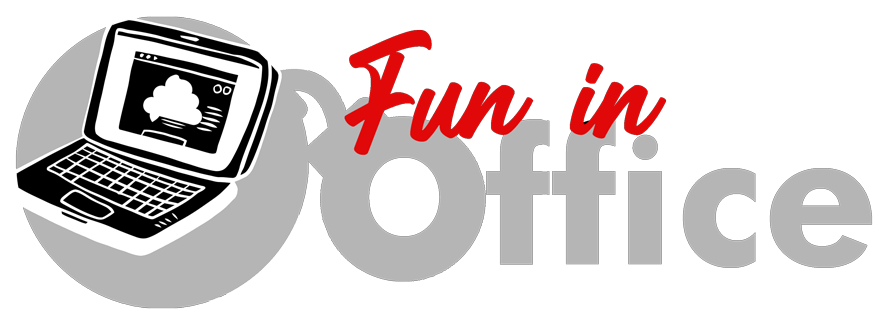In today’s fast-paced business landscape, the key to staying ahead of the competition lies in nurturing and developing your greatest asset: your employees. By investing in training and development programs, organizations can empower their workforce with the skills and knowledge needed to adapt to ever-changing industry trends, drive innovation, and achieve long-term success. In this article, we’ll delve into the importance of employee training and development and explore how it can benefit both individuals and organizations alike.
Table of Contents
Understanding the Importance of Employee Training and Development

In today’s knowledge-based economy, continuous learning and skill development are essential for staying relevant and competitive in the workplace. Employee training and development programs provide individuals with the opportunity to expand their knowledge, acquire new skills, and enhance their performance. By investing in the growth and development of their workforce, organizations can foster a culture of learning and innovation, leading to improved employee engagement, retention, and productivity. One often overlooked yet critical aspect of achieving success is investing in employee training and development. By nurturing the skills and capabilities of their workforce, organizations can position themselves for future growth and innovation.
Building a Culture of Learning and Growth
At the heart of effective training and development is a culture that values learning and growth. Organizations that prioritize employee development create environments where individuals feel empowered to take ownership of their professional development and pursue opportunities for advancement. By fostering a culture of learning, you encourage curiosity, creativity, and collaboration, driving innovation and driving organizational success.
Driving Organizational Success Through Skills Development

Employee training and development isn’t just about individual growth—it’s also about driving organizational success. By equipping employees with the skills and knowledge needed to excel in their roles, organizations can enhance overall performance, boost operational efficiency, and achieve strategic objectives. Whether it’s through technical training, leadership development, or soft skills workshops, investing in employee development can have a profound impact on the bottom line.
Implementing Effective Training Strategies
Once training needs have been identified, it’s time to develop and implement effective training strategies. From traditional classroom-based training to online learning platforms and hands-on workshops, there are numerous approaches to consider. The key is to select the methods that best suit your organization’s unique needs and learning objectives. Additionally, incorporating interactive elements, real-world scenarios, and opportunities for feedback and reflection enhances the effectiveness of your training programs.
Evaluating Training Effectiveness and ROI
Measuring the effectiveness of your training initiatives is crucial for ensuring continuous improvement and maximizing return on investment. By collecting feedback from participants, tracking key performance metrics, and assessing changes in behavior and performance, you can gauge the impact of your training efforts and make data-driven decisions about future investments. Additionally, calculating the return on investment (ROI) of your training programs allows you to demonstrate their value to stakeholders and justify ongoing investment in employee development.
Fostering a Culture of Continuous Learning

In today’s rapidly evolving business landscape, the ability to adapt and learn quickly is more important than ever. Employee training and development programs play a crucial role in fostering a culture of continuous learning within organizations. By encouraging employees to pursue ongoing education and professional development opportunities, organizations can ensure that their workforce remains agile, adaptable, and equipped to tackle new challenges as they arise.
Retaining Top Talent Through Career Development Opportunities
In today’s competitive job market, attracting and retaining top talent is a top priority for organizations across industries. Employee training and development programs can serve as powerful retention tools, providing employees with opportunities for career advancement and growth within the organization. By investing in the career development of their workforce, organizations can increase employee loyalty, satisfaction, and tenure, ultimately reducing turnover and saving on recruitment costs.
In conclusion, investing in employee training and development is not just an expense—it’s an investment in the future success of your organization. By prioritizing the growth and development of your workforce, you can empower individuals to reach their full potential, drive organizational success, and position your company for long-term growth and prosperity. So why wait? Start investing in employee training and development today and build a brighter future for your organization.
FAQs (Frequently Asked Questions)
-
How can employee training and development benefit my organization?
Employee training and development programs can enhance employee performance, drive organizational success, foster a culture of continuous learning, and retain top talent.
-
What types of training and development programs should my organization offer?
The types of training and development programs will vary depending on the needs of your organization and workforce, but they may include technical training, leadership development, soft skills workshops, and career development opportunities.
-
How can I measure the effectiveness of employee training and development programs?
Effectiveness can be measured through various metrics such as employee feedback, performance evaluations, skill assessments, and business impact analysis.
-
How often should employee training and development programs be conducted?
The frequency of training and development programs will depend on factors such as industry trends, technological advancements, and organizational needs. However, it’s important to offer regular opportunities for learning and growth to ensure that skills remain up-to-date and relevant.
-
How can I get started with implementing employee training and development programs in my organization?
Start by assessing the training needs of your workforce, identifying key areas for improvement, and developing a comprehensive training and development plan. Consider partnering with external training providers or utilizing online learning platforms to supplement internal training efforts.
Investing in employee training and development is not just about enhancing individual skills—it’s about driving business success and fostering a culture of growth and innovation. By prioritizing the growth and development of their workforce, organizations can position themselves for long-term success in an ever-evolving marketplace. Remember, the key to thriving in the future lies in investing in your team today.
Business Success Development Employee Training Skills
Last modified: March 21, 2024





















